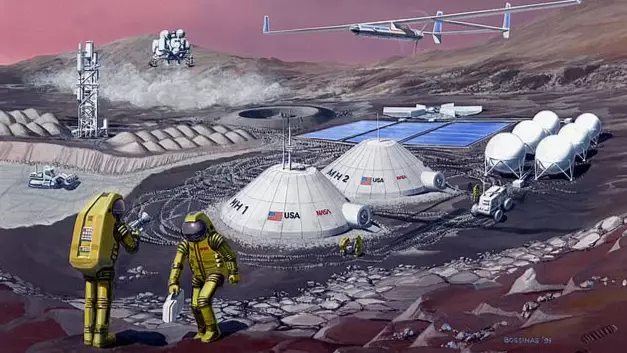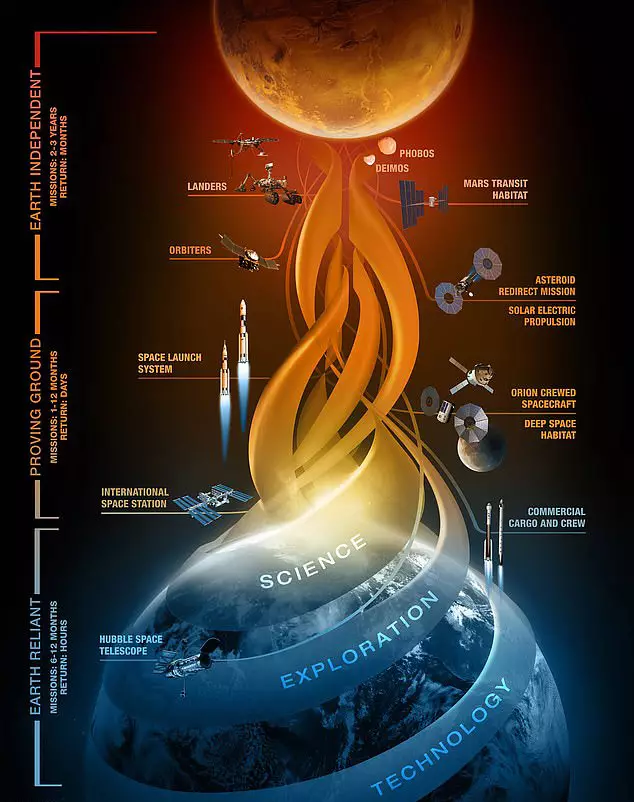
NASA is working with a group of university professors to build the technology for a human settlement on Mars. What's more, it would be entirely zero waster and self-sustaining.
Named the Center for the Utilization of Biological Engineering in Space - CUBES for short - the team is made up of scientists, researchers, and students from UC Berkeley, UC Davis, Utah State and the Planetary Science Institute.
Their aim is to give astronauts the means to grow their own food in whatever environment they end up in and enable them to harvest resources there. Which would have been of great use and comfort to Matt Damon in 2015 sci-fi flick The Martian when he was stranded on the Red Planet. Oh well.

CUBES set itself the challenge of developing tools for a settlement on Mars because of the lack of resources there. They're limited to just sunlight, atmosphere, ice water, regolith - which is loose dirt on the surface - and human waste from astronauts themselves.
Advert
Adam Arkin, director of CUBES, told Forbes: "The idea is to be able to produce food, pharmaceuticals, and light building materials using waste recycling and the resources that are already there.
"The [CUBES] system should be able to support nine astronauts for their food and pharmaceutical needs over nearly a year on-planet using nothing but sunlight and carbon dioxide."

Much like Matt Damon, CUBES will have to deal with significant challenges and changes in the atmosphere of a different planet compared Earth, not least a lack of sunlight.
Advert
Mars is further from the sun than Earth, so there's less than half as much sunlight available on the planet's surface, which makes photosynthesis much more challenging for plants.
To counteract that harsh environment, the team has been experimenting with gene-editing different types of crops such as rice, potatoes and lettuce.
They're also working on gene edited variations of lettuce, potatoes and other crops to have biopharmaceutical properties, to ensure astronauts are as healthy as possible.

Not only that, they plan to harvest methane from human waste, which will in turn be used to produce biopolymers that can be used to fuel 3D printers which will create items for the mission.
Advert
Who knew poop was so useful? It will also be used as feedstock for various microbial systems around the theoretical settlement.
Obviously, this is all very pie-in-the-sky, but the fact this is in the works at all indicates life on Mars could be closer than we think.
And at the rate humans are destroying Earth - it might be our only hope.
Featured Image Credit: NASA